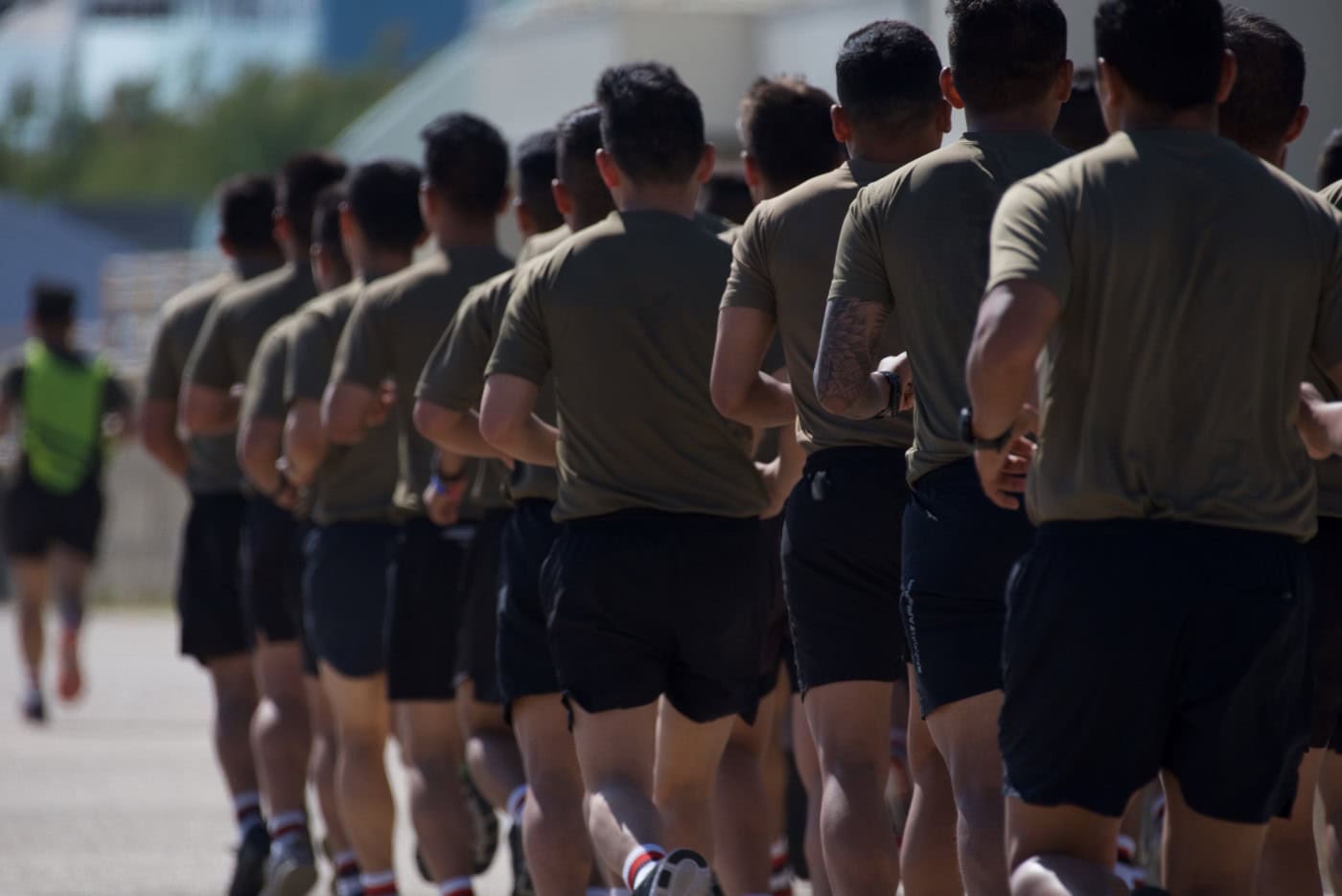
What is compartment syndrome?
Compartment syndrome is a pain condition involving swelling within muscle compartments. It occurs when there is an increase in pressure within an enclosed compartment of muscles, restricting blood flow and potentially damaging muscles and nerves. This can happen after prolonged physical exercise, or as a result of fractures (e.g. following an accident). The compartments of muscles most commonly affected by the syndrome include those in the leg, feet, forearms and hands.
Compartment syndrome is a relatively common injury and risk in the military because of the intense exercise regimes undertaken by Service Personnel. Exercises involving tabbing and running are part of everyday life in the military. As such, the risk of injuries such as compartment syndrome is significant. This blog hopes to raise awareness of compartment syndrome, including the different types, how it can be treated and when it might give rise to a claim.
Types of compartment syndrome
There are two different types of compartment syndrome.
- Acute compartment syndrome
This is normally caused by a sudden trauma or severe injury. It commonly develops after a broken bone or a crushing injury. It is an urgent matter, requiring immediate medical attention to avoid permanent muscle damage. Some of the symptoms to be aware of include intense pain, tenderness in the affected area, muscle tightness and a tingling or burning sensation. It can also arise following prolonged and repetitive exercise. It is therefore no surprise that young personnel on active military duty are more susceptible to compartment syndrome.
- Chronic compartment syndrome
This is also known as exertional compartment syndrome, and occurs more gradually. It normally develops during or immediately after repetitive exercise, so it frequently arises in the military context. Symptoms include cramping during exercise, swelling or bulging of the affected muscles and a tingling sensation. The affected area may also turn pale or cold.
Chronic compartment syndrome develops much more gradually than acute compartment syndrome. This means it can be difficult to spot initially. The symptoms will likely arise slowly and it might take a while, perhaps months or even years, before you recognise something is wrong and report it to your Medical Officer.
How is it diagnosed?
Diagnosing compartment syndrome can be tricky because the symptoms are sometimes associated with other exercise-related injuries, such as shin splints. Having said this, Military Doctors and Physiotherapists are specially trained to recognise compartment syndrome, because it is a relatively common risk that can affect Service personnel.
To reach a diagnosis, a pressure measurement will normally be taken from the compartment. This is a procedure called ‘needle manometry’ and involves a doctor inserting a needle, with a pressure monitor attached, into the affected compartment.
How is it treated?
The appropriate treatment depends on the type of compartment syndrome you have.
Acute compartment syndrome is treated with a surgical procedure called an emergency fasciotomy. This involves an incision being made to cut open the skin around the surrounding muscles to release pressure in the compartment. The wound is usually closed a few days later. A skin graft may be carried out to cover the wound.
There is no specific treatment for chronic compartment syndrome. You should rest and switch to less strenuous exercise. Physiotherapy and orthotics may be of assistance to manage symptoms. Surgery may be considered if your symptoms persist, however there may be a waiting list as chronic compartment syndrome is not considered an emergency.
Importantly, any delay in diagnosing and treating compartment syndrome can have a lasting impact. Delays in treating the acute variety can have serious consequences including muscle death in the compartment and potential loss of a limb in worst case scenarios. So it is important that any symptoms are reported to your Medical Officer immediately.
Claims for compartment syndrome
You may have a civil claim if your compartment syndrome has been missed or poorly managed. Alternatively, you may also have a claim if there has been any delay in your fasciotomy or if that procedure is carried out incorrectly. Most importantly in compartment syndrome cases, any delay may seriously impact on your health and recovery, and this may also impact negatively on your career or result in a medical discharge.
This will depend on your situation and the severity of your
How much can I claim for?
injury, it will vary from case to case. If your injury has caused ongoing disability or impacted your military career, then you might receive a very significant financial award, to include any loss of income, benefits and/or pension.
If you are suffering from compartment syndrome and it is impacting your military service, please do not hesitate to contact the military team at Bolt Burdon Kemp to discuss the matter without charge and consider avenues for a claim.










